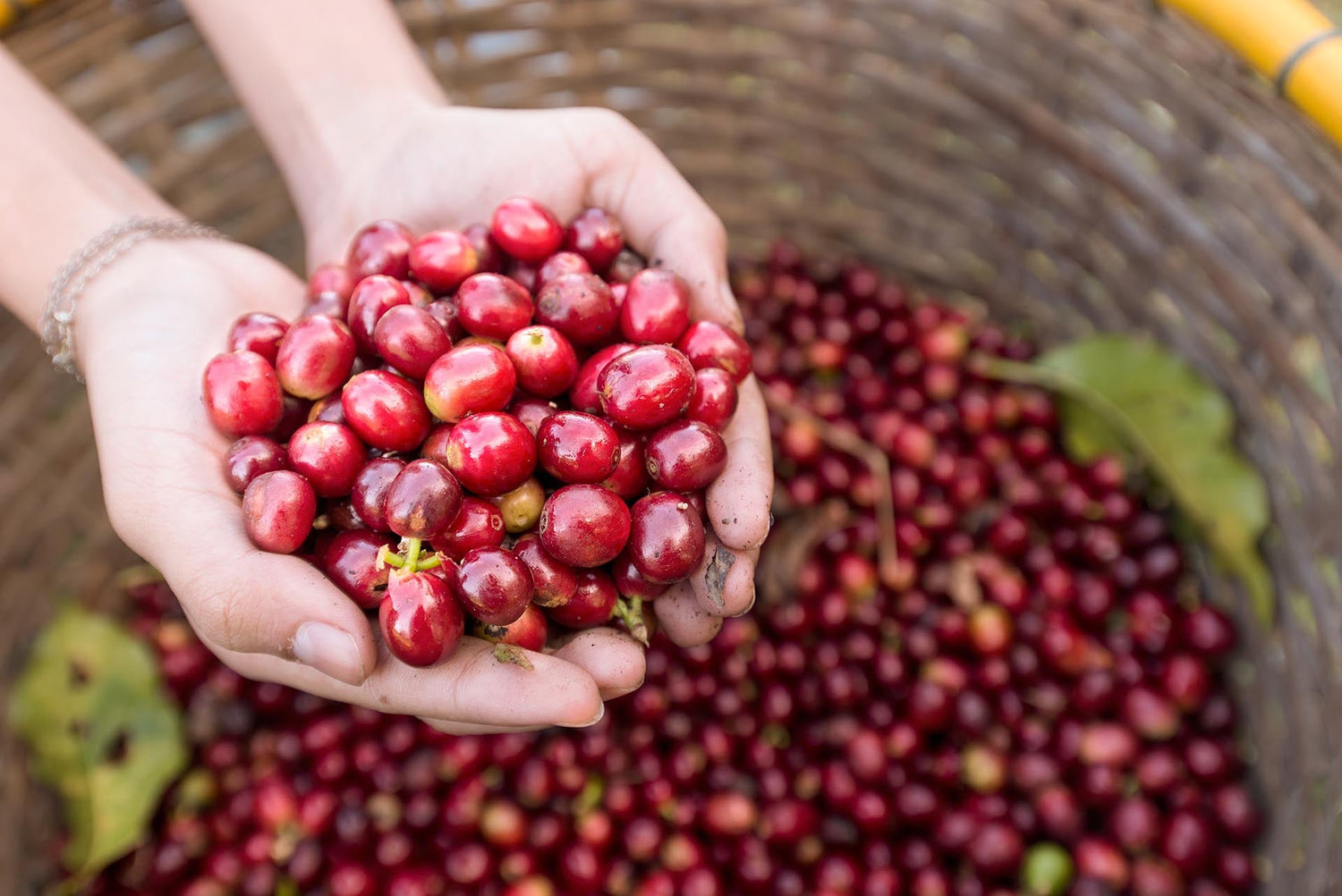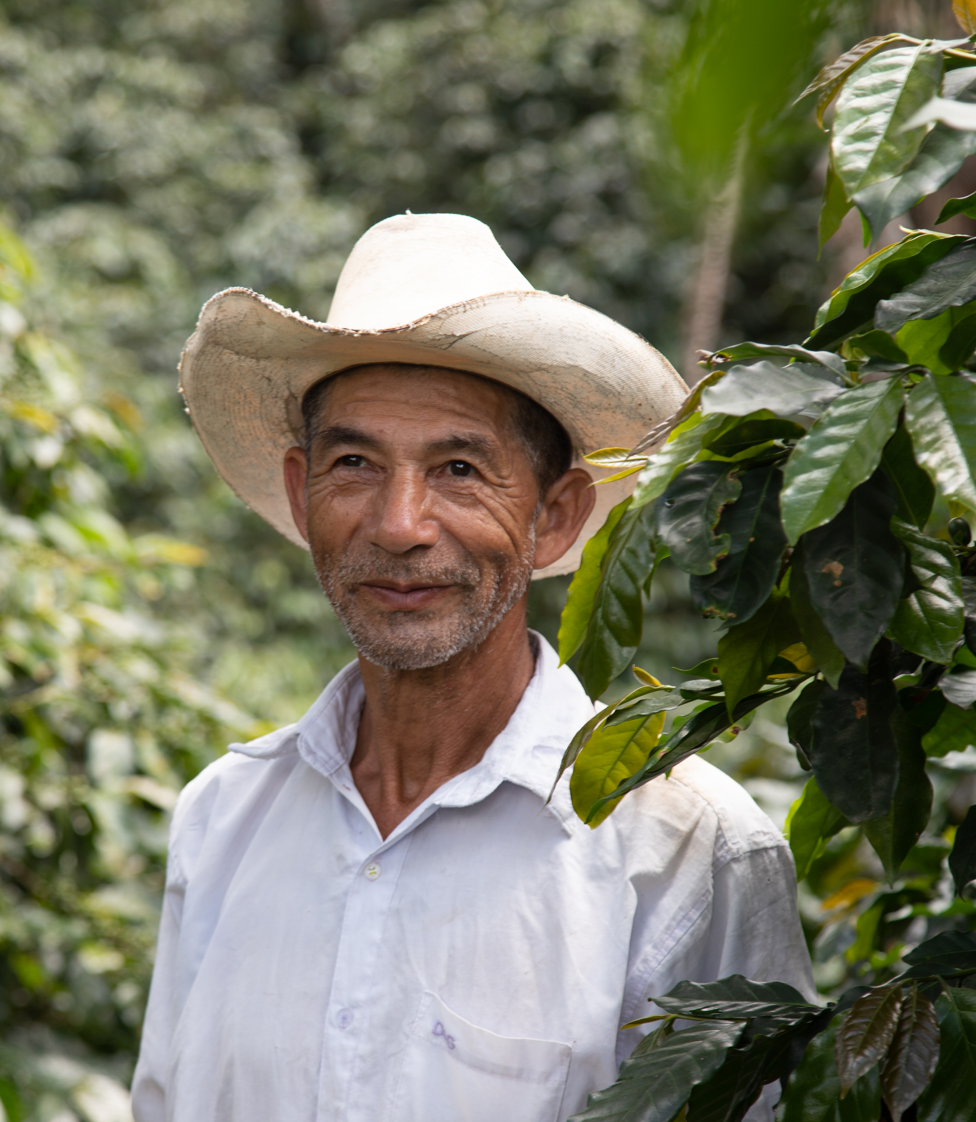
In the grand scheme of things, Honduras seems to have been designed for specialty coffee production.
Nestled between Guatemala, El Salvador, and Nicaragua, this birthplace of the Mayan culture is the most biodiverse place of all Central America.
Its rich volcanic soils nurture the plants. The amount of rainfall is just right. Coffee lots, protected by shades of surrounding trees, are high up in the mountains. The altitude allows the cherries to develop slowly, bringing out their full potential.
So why is Honduran coffee just starting to walk the specialty hall of fame?


THE CONDITIONS FOR SPECIALTY COFFEE WERE RIGHT BUT NOT RIPE
(Relatively) untouched by the damage of colonial rule, Honduran coffee entered the exporting game quite late, compared to its neighboring countries. And when it did, things went awry.
Instead of playing in the A-league, the top-quality beans went on to be traded a dime a dozen. Local buyers deceived farmers about their coffee’s quality. Farmers themselves smuggled their coffee into neighboring countries, where the beans could snatch a few pennies more.
A vicious cycle formed. And for decades, premium Honduran coffee was under-labeled and bagged as commercial-grade. Coffee that, given the proper attention and a fairer voice, would have scored 90+ on the cupping scale.

EARLY 2000s: THE FIRST NUDGE TO MAKE SPECIALTY COFFEE TAKE A TURN OF THE BETTER
When hurricane Mitch ravaged Honduras in 1998, it left a crippling 80% of the country’s agriculture on its knees. Rebuilding the economy after it hit, the government made some wise decisions. One of them was to channel bigger chunks of tax revenue back into coffee farming. This much-needed cash injection brought technical assistance and better infrastructure. But most importantly—a stronger focus on quality.
The Honduran Institute for Coffee (IHCAFE) played an important part, too. Its promotion, education, and investments in the coffee sector helped Honduran coffee start forming a trail in the specialty coffee market.
Hondurans learned their coffee beans could be destined for a brighter future. But was the world hearing their voices?

THE SECOND PROD: THE CUP OF EXCELLENCE AND THE DAWN OF DIRECT TRADE
Coffee is one of the most highly-traded commodities in the world. As such, it can suffer huge price shifts. So when global events sink the trading price below production costs, coffee farmers end up spending more to grow the coffee than what they earn from it. Because the longer the trading chain, the less revenue share goes back to producers.
A second wave of hope came with the dawn of the Cup of Excellence (COE) initiative. Its auction-based model connected buyers and farmers directly.
And lo and behold, when the initiative came over to Honduras, it found out that many of its single-origin coffee lots scored an astonishing 90 points or higher on the cupping scale.
This change paved the way to fairer and more transparent pricing of high-end coffees. According to COE, farmers who enrolled in the program made six- to nine times higher margins by trading directly. From $1 million spent in the initiative, Honduran farmers generated an estimated benefit of $25 million.

THE LAST PUSH: TAKING EVERYTHING WE’VE LEARNED ON THIS JOURNEY, AND BRING HONDURAN SPECIALTY COFFEE TO THE TOP
Today, an overwhelming 95% of Honduran coffee farmers are small-scale family owners. More than two-thirds of them own fewer than two hectares of land. For them, direct trading isn’t a luxury, but a means of survival. It’s the only way to fend off price swings.
But there’s a last push we must do together.
Specialty coffee is much more than great cultivars and highland. Grabbing higher margins helps, but it still won’t do the job. It’s a virtuous cycle that requires education, infrastructure modernization, and greater quality control during processing. But most of all, it requires our effort to give a voice to Honduras on the global specialty coffee scene.
For us, it’s more than an effort. It’s our mission.